Eagle History
The 85th Test and Evaluation Squadron is part of the 53d Wing at Eglin Air Force Base, Florida. It conducts testing and evaluation for the F-15 Eagle, F-15E Strike Eagle, and F-16 Fighting Falcon airframe. The 85th TES has been testing the F-15 since 1976 and the F-15E since
The 85th Test and Evaluation Squadron is responsible for conducting operational test and evaluation, tactics development, and programs for F-15C, F-15E, and F-16CM aircraft. It uses specially instrumented aircraft to test and evaluate current and future weapons, the newest air-to ground munitions, air-to-air missiles, electronic warfare systems, and associated components and avionics.
The squadron provides operational fighter expertise to United States Air Force Headquarters, Department of Defense agencies, and the aerospace industry in developing future aircraft and in employment techniques and concepts. The 85th focuses on air-to-air missile employment and tactics, suppression and destruction of enemy air defenses and lethal precision engagement.
Squadron photos
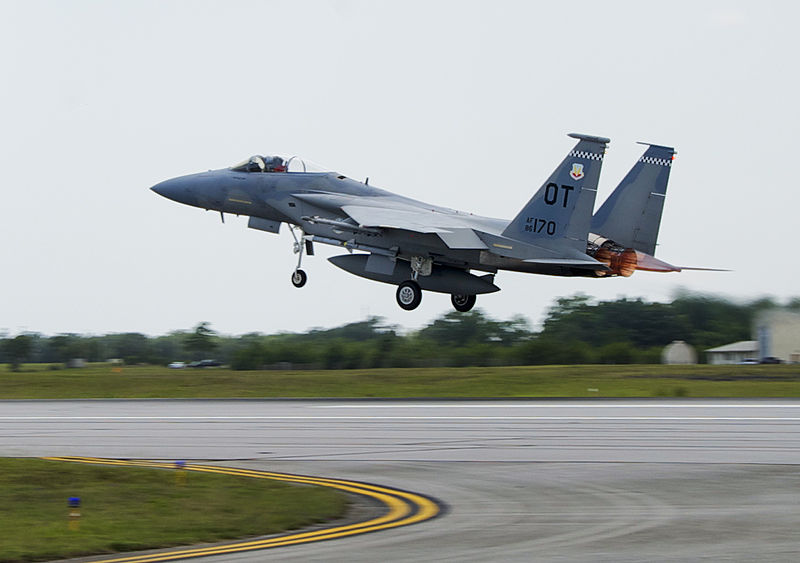
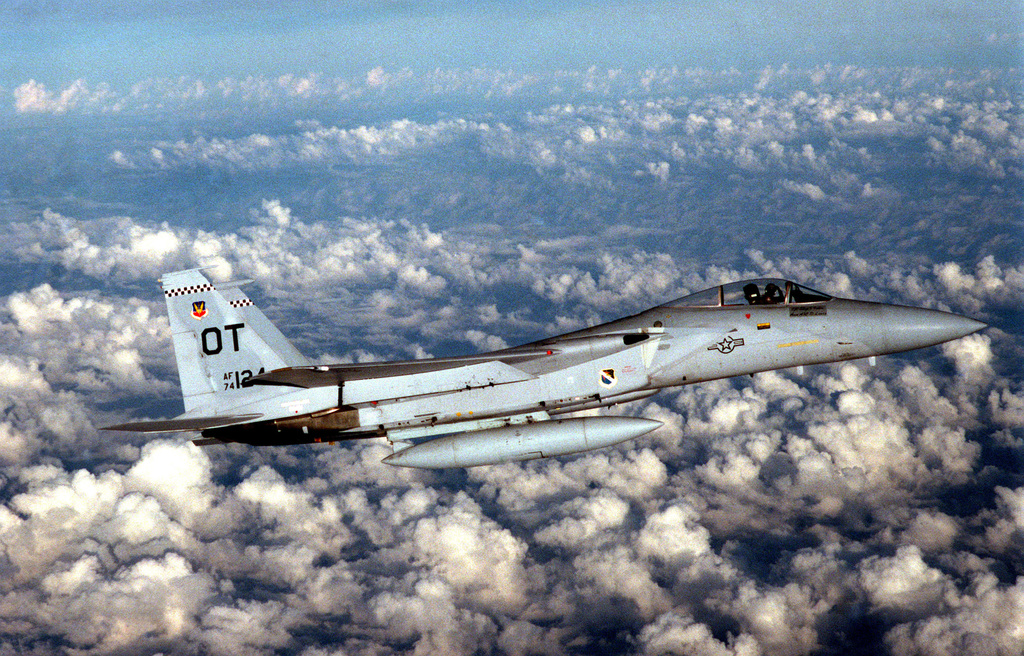
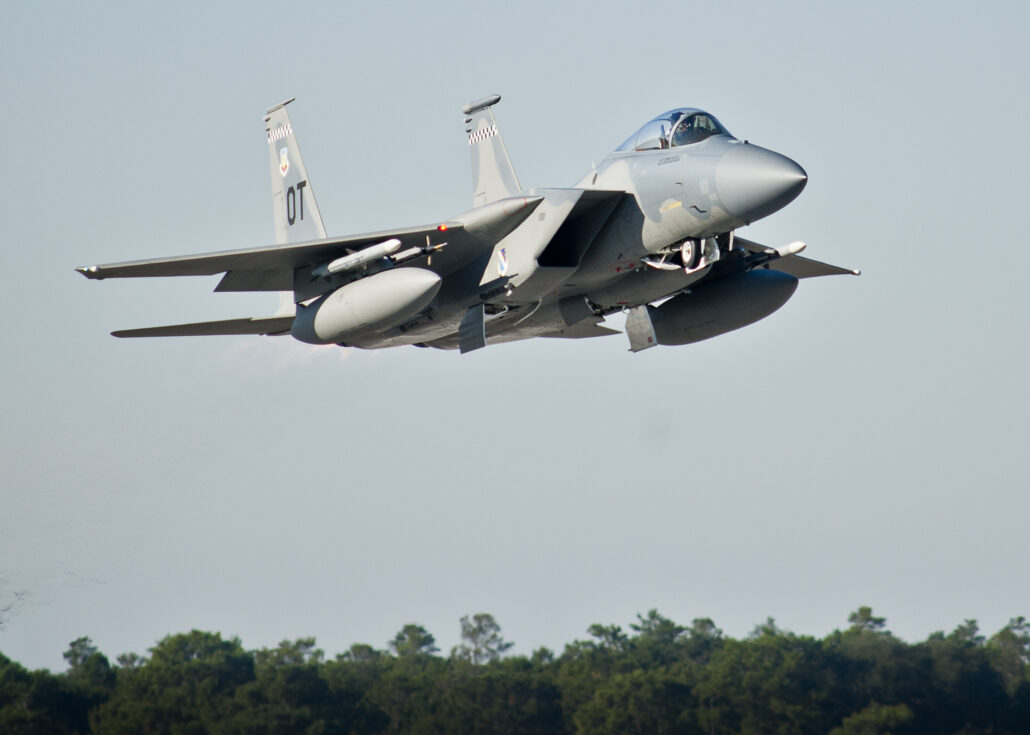
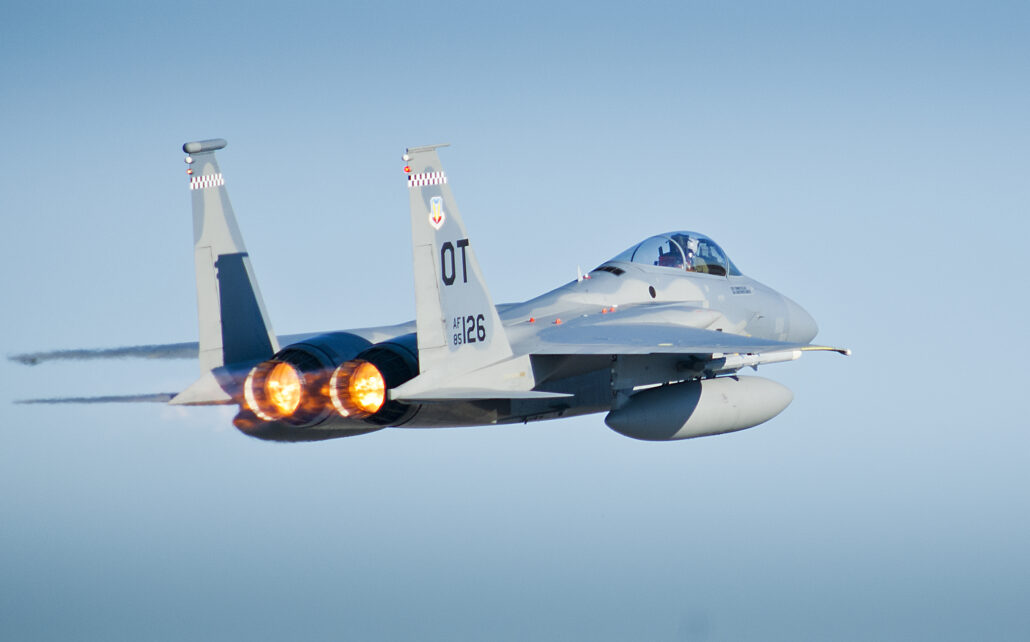

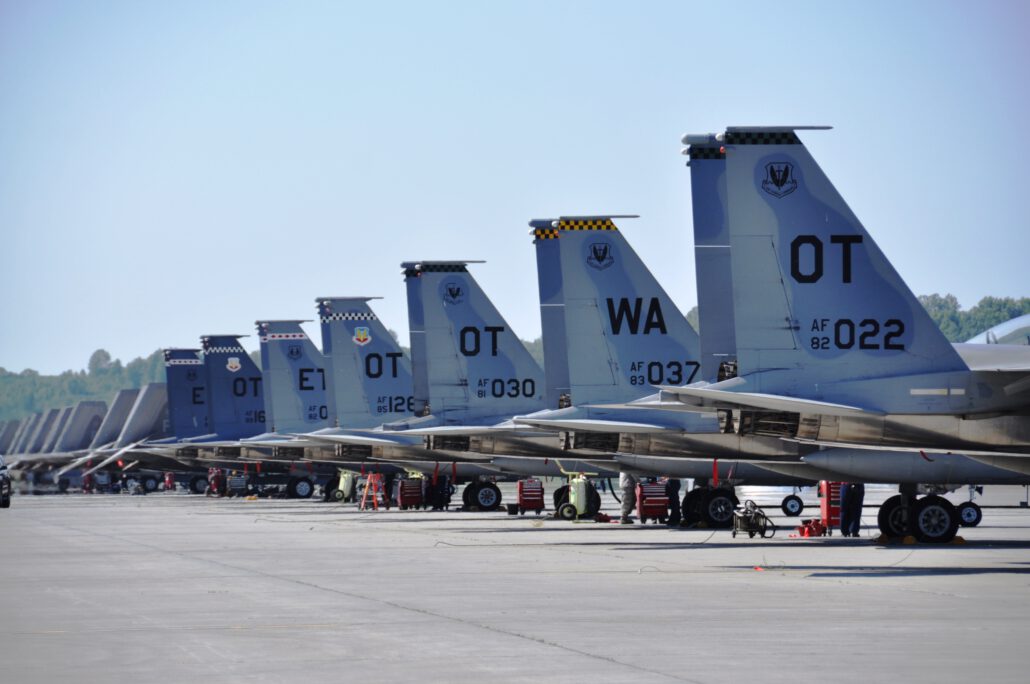
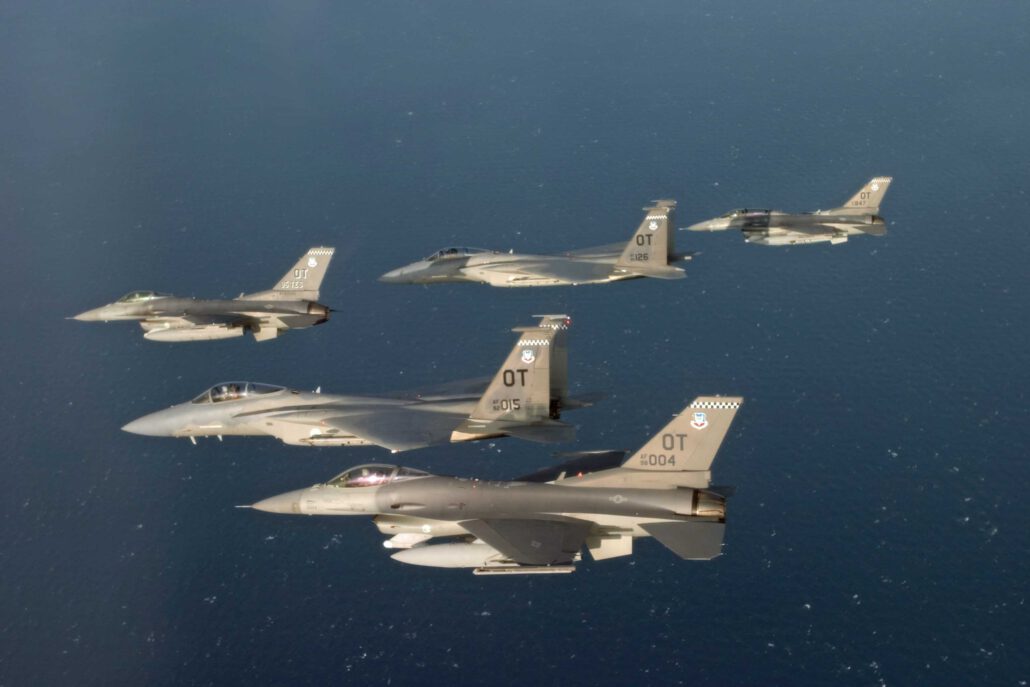
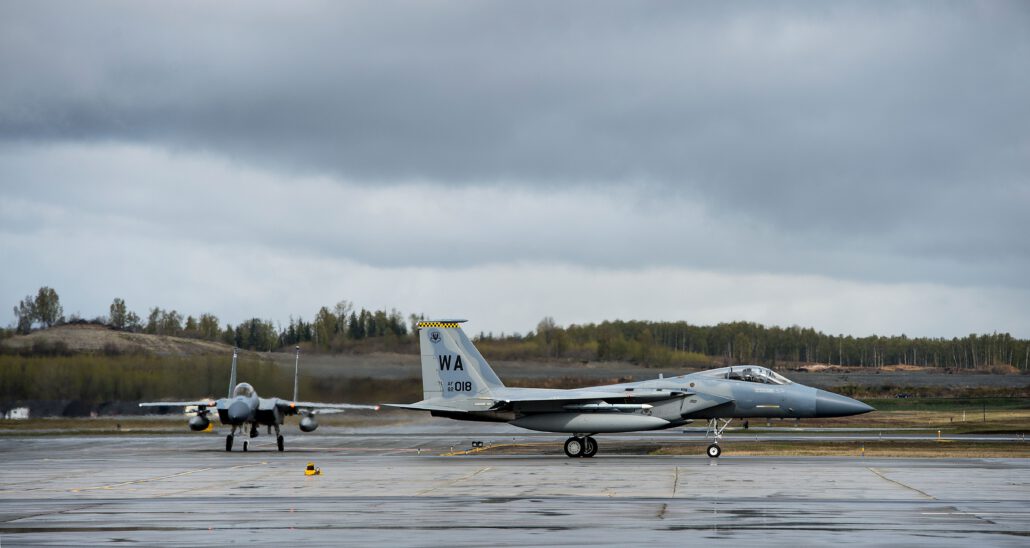
85th Test and Evaluation Squadron fields combat proven technology
By Noel Getlin, Team Eglin Public Affairs / Published March 20, 2009
EGLIN AIR FORCE BASE, Fla. — Pilots stationed here fly a number of aircraft under three different wings. All have different missions, education and training, and therefore different approaches to flying. This three-part series examines the pilots of Eglin and what their unique missions bring to U.S. air superiority. This last installment looks at the operational test pilots under the 53rd Wing.
When operational test pilots of the 85th Test and Evaluation Squadron break something in an airborne fighter jet, it’s a good day.
It means they found a deficiency in a new capability that will be addressed before it goes to fighter pilots flying real-world missions.
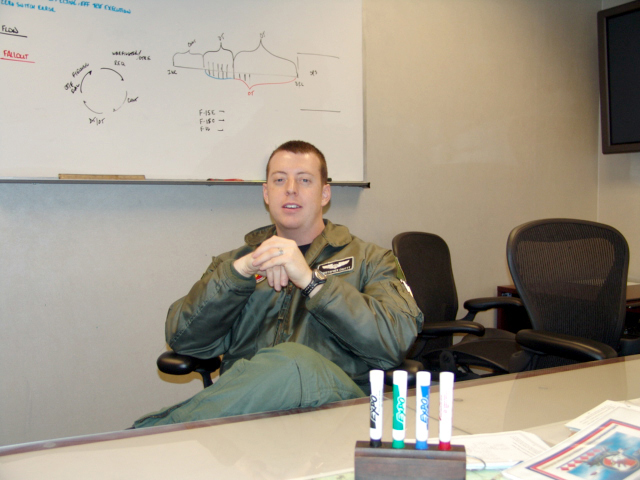
“We joke, ‘Let’s go out and break something today,'” said Capt. Christopher Crotty, 85th TES weapons system officer and operational test pilot. “That’s our job – to go out and break whatever we’re testing to make sure it doesn’t break in combat.”
While the lines of developmental and operational testing are blurred, for the most part, operational testing picks up where developmental testing ends.
“We take over the test process from DT and have the final say before new products get handed to the warfighter,” said Lt. Col. Sam Shaneyfelt, recent commander of the 85th TES. “We take the latest and greatest upgrades, go fight with them in a simulated-combat environment and see if they actually work. If they do, we develop the tactics that go with them and then go teach the Combat Air Force how to use it.”
Aligned under the 53rd Wing, the squadron tests and evaluates all kinds of new technology for F-15s, F-16s and the pilots. They test everything from new ear plugs and visors on the pilots’ helmets, to advanced air-to-air missiles, weapons upgrades, sensors and new targeting pods for the fighter jets.
The squadron flies 13 specially instrumented F-15C Eagle, F-15E Strike Eagle and F-16 Viper aircraft. All planes bear OT for operational testing and a checkered stripe on the tail.
“The checkers on the tail and our patch signifies the finish line,” said Colonel Shaneyfelt, an F-16 pilot. “We bring new capabilities through the finish line or we recommend killing it.”
The colonel said they are currently engaged in testing about a dozen programs and three major flight program upgrades to the F-15C, F-15E and F-16.
“For instance, the 85th has the only advanced APG-63(v)3 radar for the F-15C,” Colonel Shaneyfelt said. “This radar is capable of seeing the smallest targets far enough out to identify and destroy them. The F-15E is undergoing a major upgrade to its flight program, which will vault its lethality exponentially.”
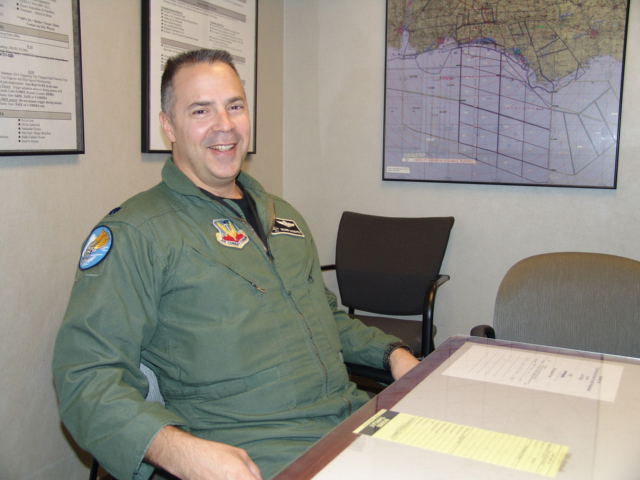
Often, the pilots fly simulated air-to-air or air-to-ground combat missions.
“We may all be testing the same air-to-air missiles, but they are integrated differently on F-15s and F-16s, so we are doing things differently in how we test them,” Captain Crotty said. “Sometimes other jets will go up to support one aircraft on a testing mission.
Sometimes we’ll be up testing different things simultaneously. Typically, we are each individually testing something in our jet but we’re doing it together in an exercise.”
In January, squadron pilots worked with Air Force and Army combat controllers in Mississippi flying close-air support missions to test Sniper targeting pods. The pods on the jets provided real-time aerial views of a staged urban setting to the combat controllers on the ground.
With this new capability, for the first time, pilots were able to transmit and receive videos – as opposed to images – in the cockpit.
“We have a different perspective when we’re airborne and looking at a city,” Captain Crotty said. “We’re looking at the entire city and we can use our targeting pod to find the roof on a house. The ground controllers might be taking cover behind another house. This video capability allows the ground controllers to see exactly what we’re looking at so we’re both on the same page instantly. They can say, ‘yes that’s our target’ right away and we can react.”
Colonel Shaneyfelt said F-16s, F-15Es, B-1s, B-52s and A-10s will get this capability. “So, the big picture impact is that we’ll get weapons on target much faster and we’ve nearly eliminated the risk of killing friendlies,” he said.
In this mission scenario, controllers on foot and in trucks played good and bad guys moving between buildings while under fire. They were getting the aerial videos and the pilots listened in on the action below.
“It was like something out of a Tom Clancy movie,” Colonel Shaneyfelt said. “You can hear the guy panting while running, saying ‘I’m coming around the corner, taking fire.’ It’s about as real as you can get.”
According to the colonel, the new Sniper pod is the number one capability that combatant commanders want in Iraq and Afghanistan. Just last year, the 337th and the 31st TES squadrons of the 53rd Wing completed operational tests of the pod for the B-1. It is now being used by the bomber in the current war on terrorism.
In a more recent test mission, the 85th TES pilots used the same pod to keep track of aircraft they couldn’t see with their radar. In an air-to-air test mission, three F-16s performed a simulated dogfight against three F-15Cs in the squadron. They gave all the jets similar capabilities against advanced threats. The objective for each opposing team was to kill as many of their “adversaries” as they could and hit their target.
“The radar has a limited field of view,” Colonel Shaneyfelt said. “This pod can track aircraft nearly 360 degrees around the aircraft. It can’t kill anything yet, but it’s great to be able to keep track of guys when your radar can’t.”
But operational test pilots’ job doesn’t end with flying a test mission. When they return from a test, they look at all the recorded data – video telemetry, voice telemetry, and other data. Then the test pilots present the information to the test engineers, who comb through the mountains of data.
“Teams look at the data we bring back from our missions to get inputs and deficiencies reported so the test team can continually improve the product,” Captain Crotty said.
After all the data has been analyzed, the squadron makes their recommendation whether the new capability should be fielded Air Force-wide.
“The bulk of the rest of what we do is fighter tactics development,” Colonel Shaneyfelt said. “That differentiates us from the developmental test guys. We’re responsible not only for fielding all this great new stuff, but also teaching the operational pilots and weapons systems officers how to best use it.”
The operational test pilots establish the tactical applications for the new technology. Each aircraft has its own bible of tactics and they populate the manual with the newest and latest information.
“We also go to operational units and give the pilots academics on how to use the new technology,” Captain Crotty said. “We call them road shows. We deliver academics with presentations, simulators and flights to educate the operational units as to how to use the new capability.”
Although the 85th TES pilots and Weapons Systems Officers (pronounced wizzos) are test qualified, they generally do not go to test pilot school like developmental test pilots. Operational test pilots and WSOs are selected from operational or fighter squadrons and return to those types of squadrons after their three-year tour here is up.
Most are graduates of the elite U.S. Air Force Weapons School, all have combat experience and are highly qualified instructor pilots or WSOs, the highest tier in the pilot hierarchy.
“What they bring by coming straight out of an Air Combat Command operational unit is the most recent combat experience” Captain Crotty said. “They are operational and tactics experts.”
The rated officers in the 85th are hand-picked from among the best the Air Force has to offer.
“We don’t put out an open invitation. We pick the best of the best with respect to fighter communities,” Captain Crotty said. “They have to be the right person for this job.”
Training for the operational test pilots begin when arrive on Eglin. They go through on-the-job training to learn where they are in the development process of a new capability, what it does and how to use it. Usually, the new pilot works with a seasoned test pilot, but there is also a formal upgrade process they must achieve called a test and evaluation upgrade.
“A person might come in as the best-of-the-best where they are, but we need to bring them up to the next level and show them how to conduct test operations here – how to successfully complete a test brief, execution and debrief of a test mission,” said Captain Crotty. “Although they are already experts in their airframe, they will be given advanced systems with new capabilities that they’ve never seen before and didn’t know existed.”
But it’s important that operational test pilots be fighter pilots first since they are testing technology that they themselves will likely use in future combat operations.
“I tell every new guy that I want fighter pilots who are exceptional at test,” Colonel Shaneyfelt said. “OT bridges the gap between design concepts and true combat capability. Some weapons look great on paper but are a total bust when you have to actually fight with them. These we will try to fix, and if we can’t, we’ll mark them ‘return to sender.'”
While the squadron has the final say on the new capabilities that go to the warfighter, they don’t take all the credit.
“We have a unique synergy here at Eglin with the 53rd’s Weapons Evaluation Group, Electronic Warfare Group, Test Management Group and the 46th Test Wing,” Colonel Shaneyfelt said. “We play off each other’s strengths to get the best product to the warfighter. We work hand-in-hand with development teams, civilian contactors and corporations to develop products that will gain a clear lethal advantage against our nation’s enemies.”